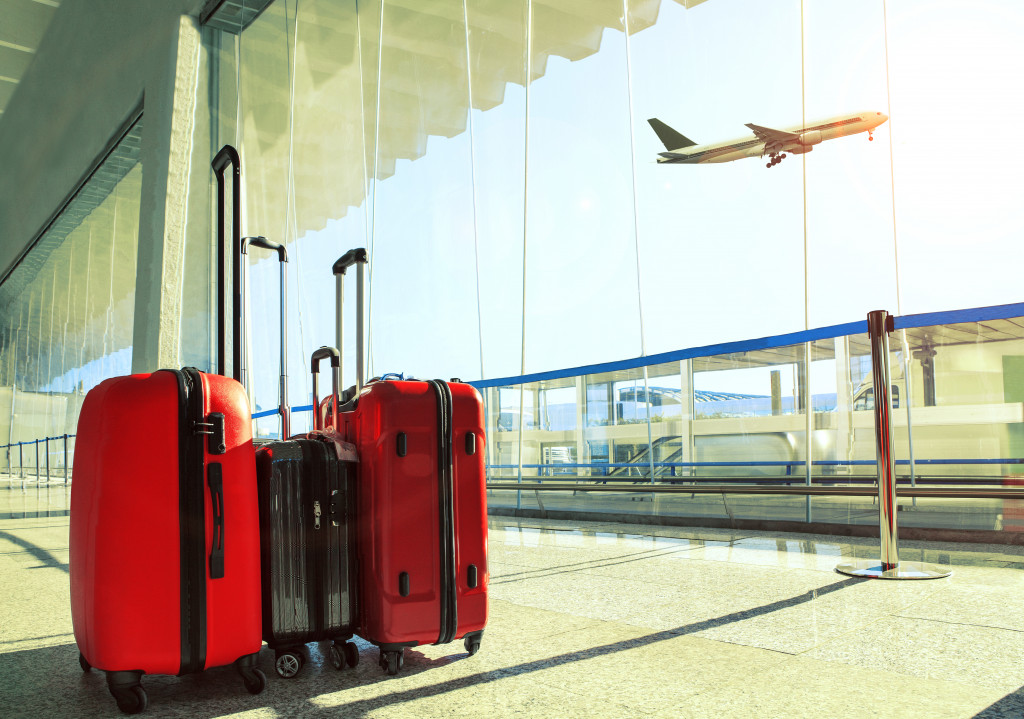The aviation industry has been through a lot in the past couple of years. The pandemic has had a devastating effect on air travel, with passenger numbers falling to unprecedented lows due to travel restrictions and a reluctance to fly. It also resulted in many airlines encountering multiple challenges in terms of their finances and operations. However, there are signs that the industry is beginning to recover, with the lessening of fears and restrictions. Here are some of the key trends to watch out for in 2023:
Air Travel Recovery from Pandemic
In the face of the COVID-19 pandemic, the airline industry has been hit particularly hard. However, there are signs of recovery, with revenues rising as restrictions ease and people begin to travel again. As a result, the airline industry can see increased profit in 2023. Despite cost challenges associated with rising fuel prices and the rebound in the labor segment of the industry, continued efforts towards controlling these costs remain a key priority for most suppliers, airports, and navigation services. This is essential to maintain profitability and support the industry’s recovery. By working together, the airline industry can continue to recover and thrive in the years to come.
Sustainable Airports
Another trend likely to continue in 2023 is the move towards sustainable airports. With increased awareness of the need to reduce environmental impacts, many airports are looking for ways to become more sustainable. This includes using renewable energy, contactless and paperless processes, and increasing recycling rates. Moreover, sustainable airports are often more efficient and cost-effective in the long run, which is good news for both the environment and the bottom line.
Biometrics in Airport Technology
As anyone who has ever flown knows, airport security is a crucial part of the travel experience. This is because airports must do everything they can to ensure the safety of their passengers. One way that they are doing this is by increasing the use of biometrics. Biometrics are physical or behavioral characteristics used to identify an individual. Common examples include fingerprints, iris scans, and facial recognition. By using biometrics, airports can develop contactless screening processes that are more efficient and secure. For example, biometrics are used to confirm passenger identification during photo identification. This would not only make the process faster, but it would also help better protect passengers from potential threats. In addition, biometrics can better identify passengers throughout the airport so that security personnel can more easily detect suspicious behavior. As a result, biometrics is becoming an increasingly important part of airport security.
Continuing Sanitation Protocols
As the pandemic continues to recede in many parts of the world, it is tempting to let down your guard and return to pre-pandemic habits. However, practicing proper hygiene and sanitation is still important to protect yourself and others from illness. Many airports will likely continue the implementation of strict sanitation protocols, particularly in high-traffic areas. This is because the consequences of an infected passenger spreading COVID-19 or its variants to other parts of the world are significant. For this reason, airports continue to clean and disinfect surfaces regularly, provide hand-washing facilities and sanitizer, and encourage social distancing measures.
Structural Health Monitoring in Aircraft Maintenance
Another trend that will continue and further improve in 2023 is structural health monitoring (SHM) for aircraft maintenance. SHM is a process of monitoring the condition of aircraft structures to ensure their safety and performance. By using SHM, mechanics can detect potential problems with aircraft structures and carry out preventative maintenance. It can also inform mechanics if any airplane parts require replacements. In this case, they can get reliable aviation supplies and address repairs to ensure the aircraft’s safe operation and airworthiness. Hence, SHM is becoming increasingly important as aircraft become more complex and operate under increasingly demanding conditions.

Further Development of Electric Aircraft
The aviation industry has been searching for ways to reduce its environmental impact for many years. Many companies are gearing towards further research and development of electric aircraft, which can offer a more sustainable and environmentally friendly option for air travel. The potential benefits of an electric plane include lower emissions and noise levels. As research and battery technology continues to improve, electric aircraft will likely play an increasingly important role in the future’s sustainable aviation. The development of electric aircraft is thus a key step towards achieving sustainable goals in the aviation industry.
These are just some trends you can expect to see in aviation in 2023. It promises to be an exciting year for the industry as it continues its recovery from the pandemic and looks toward a sustainable future.







